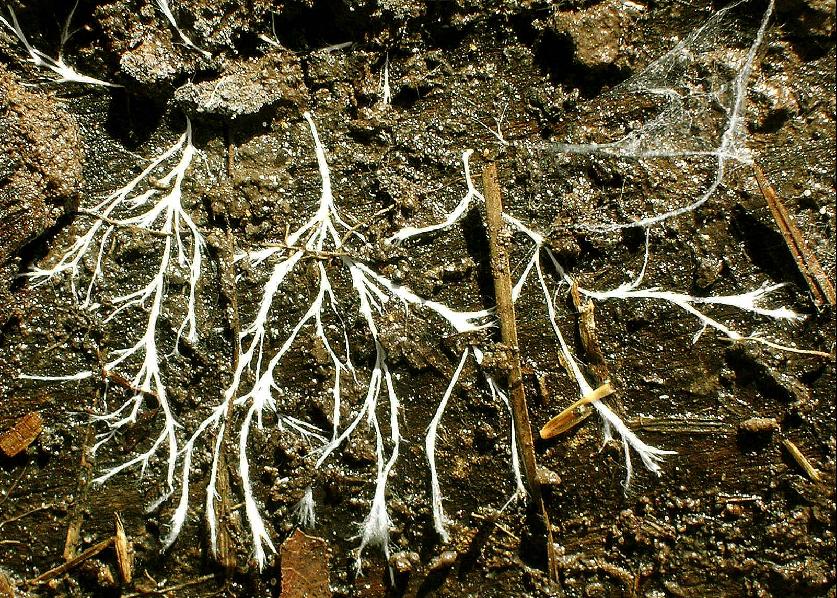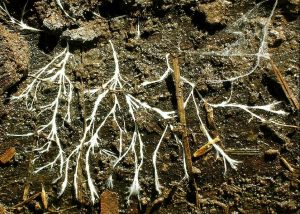Have you noticed the length of summer increase within your own lifetime? Do you wonder what the seasons will look like by the end of this century? A team of researchers completed a study, published last month, that examined how climate change is influencing the length of our seasons, and how they may look by 2100.

Seasonal change at a Ryton pond. Source: Keith Hall
In order to understand how our seasons may change in the future, the researchers looked at historical climate data from the years of 1952-2011, specifically in the Northern Hemisphere. They defined the start of winter as the onset of temperatures in the coldest 25% of the specific time period they were looking at. Similarly, they defined summer as the onset of temperatures in the hottest 25% of the time period. Their results showed that the length of summer increased from 78 to 95 days from 1952-2011, and that spring, autumn and winter decreased from 124 to 115, 87 to 82, and 76 to 73 days, respectively. All seasons showed an increase in average temperature.
It is thought that if these trends continue in the same manor, that summer in the Northern Hemisphere will last for 6 months by the year 2100. Furthermore, winter will not be longer than 2 months, and summer and autumn will both shrink significantly as well.
How would this impact our world?
Changing the length of seasons has numerous environmental and health risks. For example, it can greatly impact agriculture, as drastic weather can damage plant growth. An increase in summer would also mean that disease-carrying mosquitoes can increase their range, heading north. Longer summers also lead to an increase in wildfire frequency and intensity. In 2020, we saw how devastating wildfires can be, with the Australian bushfire crisis. Furthermore, seasonal changes show animals shift their migration patterns, and plants start budding earlier, this creates a distortion in plant-animal interaction, disrupting environmental communities.
How can we help?
It can seem rather daunting when we hear stories like this, and as regular citizens, it’s hard to understand what exactly is in our control. Large corporations and our governments hold the key to mitigating climate change, so what can we do? Well, every action counts – big and small. One action you can take is researching what your own local government is doing to combat the climate crisis. If you feel like they could be doing more, write to them. Make your voice heard – and continue to make small changes like biking instead of driving, and recycling regularly.
– Madeline Filewych




